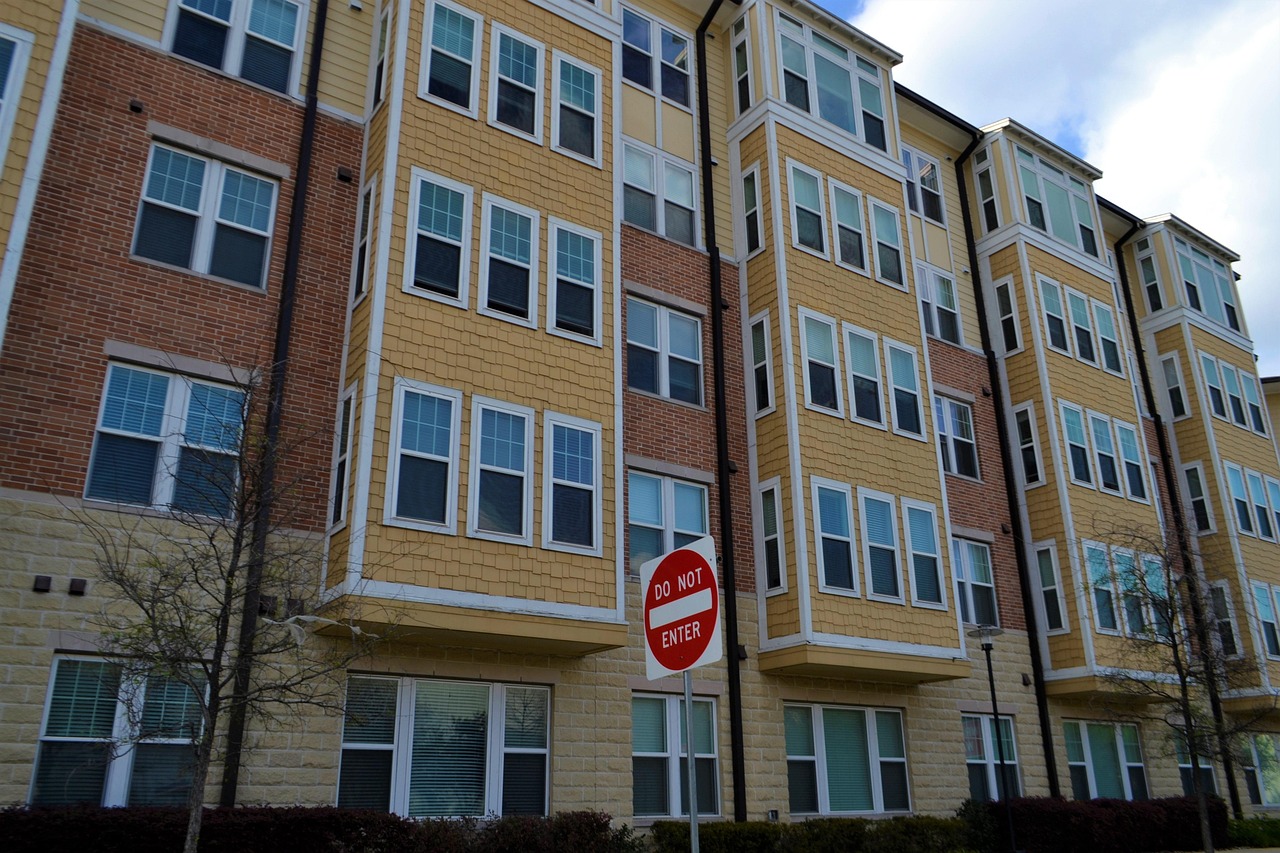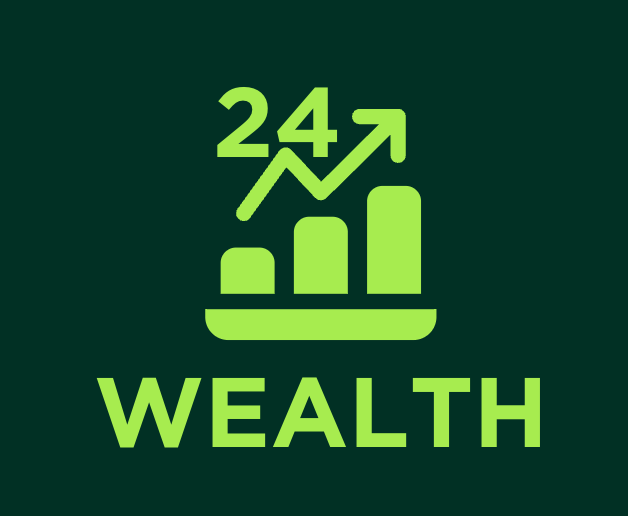The Current Landscape of Interest Rates

Interest rates in the United States have reached heights not seen in more than twenty years, shaking up the very foundation of personal finance and the American Dream. By early 2024, the Federal Reserve’s benchmark rate was set between 5.25% and 5.50%, a dramatic climb aimed at taming persistent inflation. These elevated rates have caused a ripple effect, making everything from car loans to credit cards more expensive. For aspiring homeowners, this change has been especially jarring—mortgage rates have soared past 7%, making monthly home payments sharply higher than just a few years ago. The sticker shock has forced many would-be buyers to hit pause on their plans, with some even giving up on the dream of owning a home entirely. The new reality is forcing families to reassess their financial futures and reconsider what’s possible in today’s economy. Such a rapid change is creating uncertainty and anxiety, especially for those who felt homeownership was just within reach.
The Housing Market’s Reaction

The real estate market is clearly reacting to these high interest rates, with a slowdown that’s hard to ignore. Home sales fell by nearly 20% in 2023, marking the steepest decline since the economic crisis of 2008. This sharp drop is evidence of how quickly higher borrowing costs can freeze the market. In regions where housing supply is tight and job growth remains strong, prices have remained stubbornly high, refusing to fall even as demand weakens. Yet in other areas, sellers are dropping prices or pulling their listings altogether, waiting for better days. This uneven patchwork across the country is confusing for buyers and sellers alike, and it’s making the housing market feel unpredictable. More Americans are staying put, either unable or unwilling to upsize or relocate, which has further limited the number of homes available. The once-booming seller’s market has cooled, and many now find themselves trapped in homes they can’t afford to sell or upgrade.
The Impact on First-Time Buyers

First-time buyers are feeling the pressure more than anyone else. According to a recent survey, a staggering 70% of first-time buyers say they feel discouraged by today’s market. The combination of higher mortgage rates and still-high home prices means that even modest homes are slipping out of reach. For these buyers, the average monthly mortgage payment is now over 30% higher than it was two years ago, making it much harder to save for a down payment or qualify for a loan. Many young people are postponing marriage, starting families, and other major life milestones simply because they can’t afford a home. This financial squeeze is giving rise to a new generation of renters, who are putting off homeownership and prioritizing flexibility instead. The shift represents a fundamental change in how young Americans view success and stability. Instead of chasing the traditional dream, many are redefining what security looks like in their own lives.
Renting vs. Buying: A New Paradigm

The age-old debate of renting versus buying has taken on new urgency in this era of high interest rates. With homeownership more expensive than ever, many Americans are choosing to rent instead. But renting isn’t necessarily a bargain either—the average rent for a two-bedroom apartment hit a record $2,200 per month in 2024. This surge in rental demand is driving up prices in cities and suburbs alike, squeezing budgets for both longtime renters and newcomers. For some, renting is an intentional choice, offering freedom to move and less financial risk. Younger generations, in particular, are embracing the flexibility and convenience of renting, even if it means putting homeownership on hold indefinitely. The rental market is also attracting more investors, who see opportunities in providing housing for those priced out of buying. As a result, the American Dream is being reshaped, with stability and happiness no longer strictly tied to owning a house.
The Role of Inflation

Inflation remains one of the biggest forces reshaping people’s financial choices. With inflation rates hovering between 4% and 5%, consumers are feeling the squeeze at the grocery store, the gas pump, and everywhere in between. Rising prices for essentials make it much harder to save money or set aside funds for a down payment on a house. Many families are finding that even with steady jobs, their paychecks don’t go as far as they once did. The cost of living is putting dreams of homeownership further out of reach, forcing a tough reexamination of priorities. Monthly budgets are stretched, and even basic comforts now require careful planning and sacrifice. This financial pressure is changing the way Americans think about their futures, and it’s making the classic version of the American Dream seem less attainable. The reality is that inflation and interest rates are now inextricably linked in shaping the everyday lives of millions.
Expert Insights on the Future

Economists and financial experts are offering a range of predictions about what comes next. Some analysts believe that if inflation finally slows, the Federal Reserve could begin lowering interest rates by the end of 2024. Others warn that global conflicts and ongoing supply chain problems could keep rates elevated for longer, prolonging the squeeze on homebuyers and consumers. According to the National Association of Realtors, if rates remain high, the housing market could see continued stagnation, with fewer buyers and sellers willing or able to make moves. Experts are urging buyers to stay informed and flexible, emphasizing the importance of timing and preparation in a volatile market. Financial planners recommend locking in rates when possible and exploring creative financing options. There’s widespread agreement that the market will remain challenging, but also that periods of change often bring new opportunities. The uncertainty is nerve-wracking, but it’s also a reminder of how closely our fortunes are tied to the ebb and flow of interest rates.
The Psychological Impact of Rising Rates

Beyond the numbers, the emotional toll of rising interest rates is beginning to show. Many Americans describe feeling anxious, frustrated, or even defeated as their financial goals move further out of reach. Homeownership, once a symbol of progress and pride, now seems unattainable for a growing segment of the population. This sense of loss is especially acute among younger generations, who are comparing their prospects to those of their parents and finding the gap wide and discouraging. Financial advisors are seeing more clients expressing stress about their futures and seeking guidance on how to cope. The uncertainty is leading some people to delay important life decisions—not just buying homes, but also starting families or moving for new jobs. Building financial literacy is increasingly seen as a critical tool for navigating these challenges. The emotional landscape is as complex as the economic one, changing how people see themselves and their place in the world.
Policy Responses and Solutions

Policymakers are taking note of the growing challenges and are working on strategies to provide relief. Efforts are underway to increase funding for affordable housing, with new initiatives aimed at building more homes and reducing barriers to entry. Some states have rolled out down payment assistance programs or tax credits to help first-time buyers make the leap. Lawmakers are debating reforms to make the mortgage process more transparent and accessible, with the goal of leveling the playing field for all buyers. In addition, there’s a push to strengthen tenant protections as more Americans turn to renting. These policy responses are designed to address both the symptoms and causes of the affordability crisis. By targeting multiple fronts—supply, demand, and financing—leaders hope to keep the American Dream within reach for more people. The debate continues, with advocates pushing for even bolder action in the face of mounting pressure.
The Evolving Definition of the American Dream

The American Dream is no longer just about a white picket fence or a two-story house in the suburbs. With economic realities shifting, people are crafting new versions of what it means to be successful and secure. Financial stability, personal fulfillment, and quality of life are rising in importance, often eclipsing the goal of homeownership. Many are finding satisfaction in renting, traveling, or pursuing experiences over material possessions. The changing landscape is encouraging a broader conversation about what really matters in life, and how to measure success outside of traditional milestones. As interest rates continue to influence the choices people make, adaptability and resilience are becoming just as important as property deeds. The American Dream is being rewritten every day—sometimes out of necessity, sometimes by choice.




